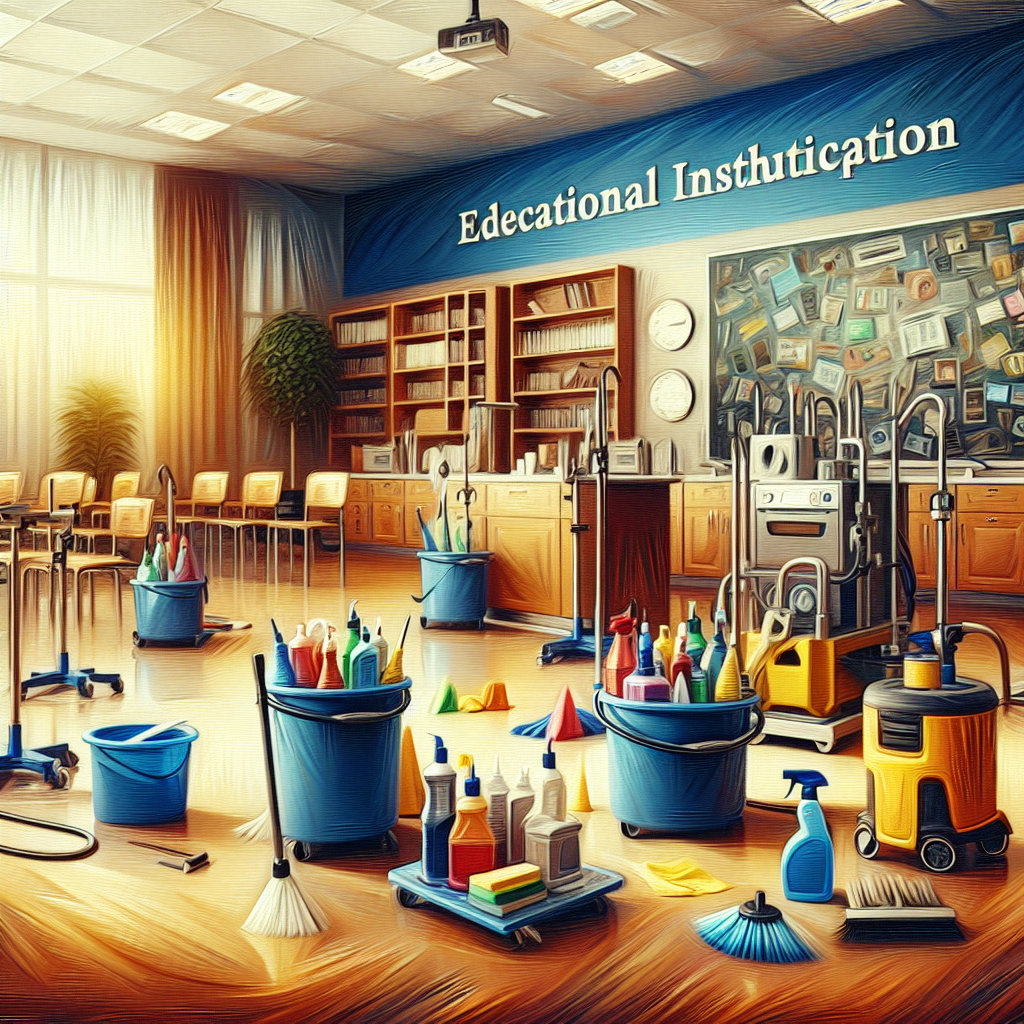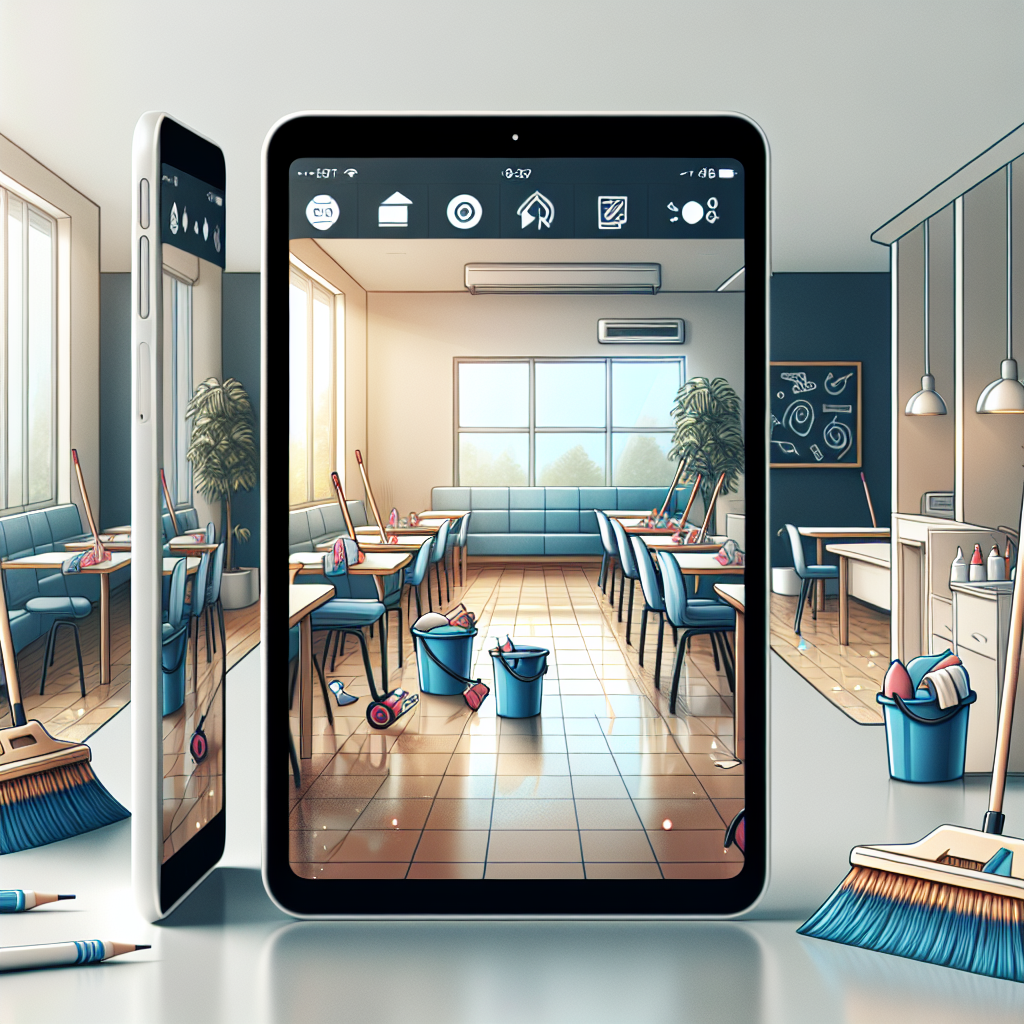Understanding the Cleaning Challenges in Educational Institutions
Educational institutions, such as schools and universities, present a diverse environment with high foot traffic and numerous shared spaces. These factors contribute to a higher risk of germ transmission and the accumulation of dirt and contaminants.
- Varied surfaces and materials that require specific cleaning approaches.
- Compliance with regulations and standards for educational facilities.
- Time constraints due to class schedules and activities.
- Managing cleaning tasks while ensuring minimal disruption to educational activities.
Overcoming Cleaning Challenges in Educational Institutions
To address the unique cleaning challenges in educational institutions effectively, cleaning professionals can implement the following strategies and best practices:
- Conduct a thorough assessment of the facility to identify high-traffic areas and specific cleaning needs.
- Develop a cleaning schedule that includes regular cleaning, disinfection, and maintenance tasks.
- Use cleaning checklists and protocols to ensure consistency and adherence to standards.
- Choose cleaning products and equipment suitable for different surfaces and materials to prevent damage and achieve optimal results.
- Train cleaning staff on proper cleaning techniques, including disinfection procedures and safe chemical handling.
- Prioritize high-touch surfaces such as doorknobs, desks, and light switches for frequent cleaning and disinfection.
- Use EPA-approved disinfectants effective against common pathogens to reduce the risk of infections.
Incorporating Technology and Innovation
Technology plays a vital role in modern cleaning practices, offering innovative solutions to improve efficiency and effectiveness in educational institution cleaning. Cleaning professionals can leverage technology in the following ways:
- Use software applications to schedule cleaning tasks, track inventory, and monitor cleaning performance.
- Utilize IoT devices for real-time monitoring of cleaning activities and resource utilization.
- Consider investing in robotic cleaners for efficient floor cleaning and disinfection in large educational facilities.
- Use UV-C disinfection systems to complement manual cleaning efforts and enhance disinfection outcomes.
Continuous Improvement and Training
To maintain high cleaning standards in educational institutions, ongoing training and continuous improvement are essential for cleaning staff. Cleaning professionals can promote excellence in cleaning by:
- Conduct training sessions on new cleaning techniques, equipment operation, and safety protocols.
- Offer refresher courses on infection control practices and the proper use of disinfectants.
- Support staff in pursuing certifications and advanced training programs in cleaning and disinfection.
- Foster a culture of learning and improvement within the cleaning team to drive excellence in service delivery.



